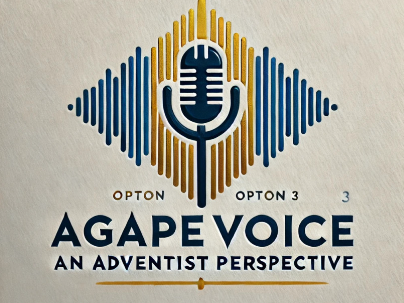
Reflecting on Church Dynamics: Understanding Community Challenges
As members of the Seventh-day Adventist (SDA) faith community, there’s a common recognition that interpersonal relationships can sometimes be tumultuous. In the past week, discussions spearheaded by church members revealed concerns about backbiting and hurtful relationships within our congregations. These issues are not just isolated incidents but are emblematic of broader social dynamics that affect communities of faith worldwide.
The Human Element of Faith Communities
Faith communities thrive on connections. However, as recent conversations suggest, the emotional undercurrents can often lead members to engage in negative behaviors. Members asking questions like, “Why is there such backbiting in the church?” underline a salient point about community health—a topic that merits discussion and insight.
Research on community psychology emphasizes that relationships within faith settings can mirror societal issues. Community members may find themselves caught in cycles of negativity stemming from misunderstandings and unmet expectations, leading to a lack of unity. As SDA members, we have a responsibility to nurture a culture of respect and understanding.
Cultivating Healthy Communication
The notion of positive communication cannot be overstated. Practical frameworks for communication in church settings encourage members to express concerns directly rather than through gossip or misinformation. By fostering open dialogues, church leaders and members can address grievances constructively.
Moreover, practical techniques like active listening can significantly improve interactions. When individuals feel heard, they are likely to reciprocate that courtesy, ultimately enhancing communal bonds—a necessary element for a thriving church life.
Building Resilience: Lessons from Other Communities
To further this dialogue, we can look to various successful models in different faith-based organizations. For instance, the emphasis on conflict resolution in many interfaith settings reveals valuable strategies that SDA communities might adopt. Creative problem-solving sessions have a way of transforming conflicts into evolution points, and they can help build a more resilient community.
Additionally, understanding the difference between conflict and crisis is vital. While conflict can lead to growth, a crisis often paralyzes progress. Thus, when approaching disputes among church members, it is crucial to leverage a mindset geared toward constructive outcomes rather than merely pointing fingers.
Future Predictions: A Path Forward
Looking forward, it is essential for our SDA community to prioritize spiritual growth alongside interpersonal integrity. As we continue through these complex conversations, learning from existing tensions, we must remain hopeful for a renewal in relational dynamics within our church. By acknowledging and addressing these challenges head-on, we can foster healing and pave the way for a more harmonious church environment.
Engage and Reflect: Your Role in the Community
What can you do to help foster a positive environment within your church? Are you ready to engage in thoughtful dialogue about the dynamics of relationships in your community? Reflect on the conversations you have and encourage others to join in finding solutions.
Call to Action: Let’s Foster a Caring Community Together
As we navigate the complexities of relationships within our SDA faith community, it's vital that each member takes an active part in nurturing a culture of accountability and compassion. Share your thoughts, experiences, and hopes during the next church gathering. Let’s work together to create a supportive environment where every member feels valued and respected.
 Add Row
Add Row  Add
Add 




 Add Row
Add Row  Add
Add 


Write A Comment